ACUPUNCTURE
Understanding
Acupuncture
How does acupuncture work?
What's it really doing?
It is hard to define what acupuncture is and there isn’t a definitive understanding of exactly what is happening. If you ask different practitioners they will all have their own version and understanding of what the therapy does.
The concepts of qi and blood, yin and yang, often seem exotic or “Woo Woo,” but imagine trying to understand how the human body is made, and how it works, five thousand years ago. The words “qi, blood, yin and yang” are all concepts that explain the differences in what the Chinese people postulated about the body.
Qi and Blood are an energetic pair where “Qi” refers to the various metabolic processes that allow us to generate energy from food, animate with our musculoskeletal structure, and rise from sleeping. Qi is not tangible or measurable but is experienced as the sensations of vitality, energy, motivation, physical ability, etc. “Blood” is the substantial aspect of the body that includes the physical blood, hormone content, fat soluble vitamins, and quality of the hair, skin and nails.
The blood must circulate its nutrients to the four limbs, the surface of the body, the vital organs and the brain. Blood flow and nutrient delivery is a vital component of acupuncture and Chinese Medicine. Qi is more an expression of metabolism, muscle tone, physical capability, and the sensation of feeling vibrant and alive.
The energy of qi helps to circulate the blood, and the nutrients of blood enlivens the tissues that generate and circulate qi. They are two halves of a whole, and are dependent on each other for performance of health.
Traditional Chinese Medicine is a system of evaluating the different quantities, relationships, and circulating rhythms of qi and blood. Acupuncture is a tool to improve these relationships by “balancing” the two natures. By finding places where qi and blood are weak, or where qi and blood aren’t moving properly, the acupuncture needles disperse the stuck places and attract the released energy and blood flow into places where there is weakness.
Acupuncture seeks to improve function by bringing blood, vital nutrients, and the metabolic qi to all areas of the body so that the organs work better, the endocrine system has better delivery of its hormones, nerves and muscles have plenty or nourishment, and the waste systems are able to keep the body systems and tissues pure.
Numerous studies of acupuncture have been done showing various physical changes that take place during application of acupuncture needles. Here are some proposed theories of the electric and chemical changes that take place, which cause people to have improvement of their symptoms:
Neurotransmitters
Hormones: sex, steroid, etc.
Oxygenation
Blood flow
Cardiac rhythm
Cerebrospinal fluid
An overview of what to expect during a treatment session
Your practitioner will use the some or all of the Chinese Medicine diagnosis skills to determine how to place acupuncture needles.
Needles might be placed in the same or different points at each treatment, depending on how your body is behaving.
Needles aren’t always place in the areas of pain or dysfunction, rather we might use the roadways (channels) the flow through or affect the area of concern.
There are many different ways to work toward the same result and each practitioner will use their own style of accomplishing this.
Needles are routinely left in place for 30-35 minutes, depending. Each treatment is monitored using a timer so that we can keep track of how long you have been in session.
Once the practitioner has left you in the room to rest you will have a doorbell to ring at any time if you have discomfort, become hot or cold, or find that there is any problem or distraction during your session.
The goal is to induce relaxation and hopefully deep rest. We want your experience to be pleasurable.
After 30 minutes a needle assistant will enter the room to remove all the needles and, apply moxibustion if warranted, and help you with any transitions before leaving your treatment room.
Please be sure to alert the needle assistant to any potential needles that may still be in place. We are diligent in removing them but they are very small and can be overlooked. We want to make sure you are completely needle free before you exit.
